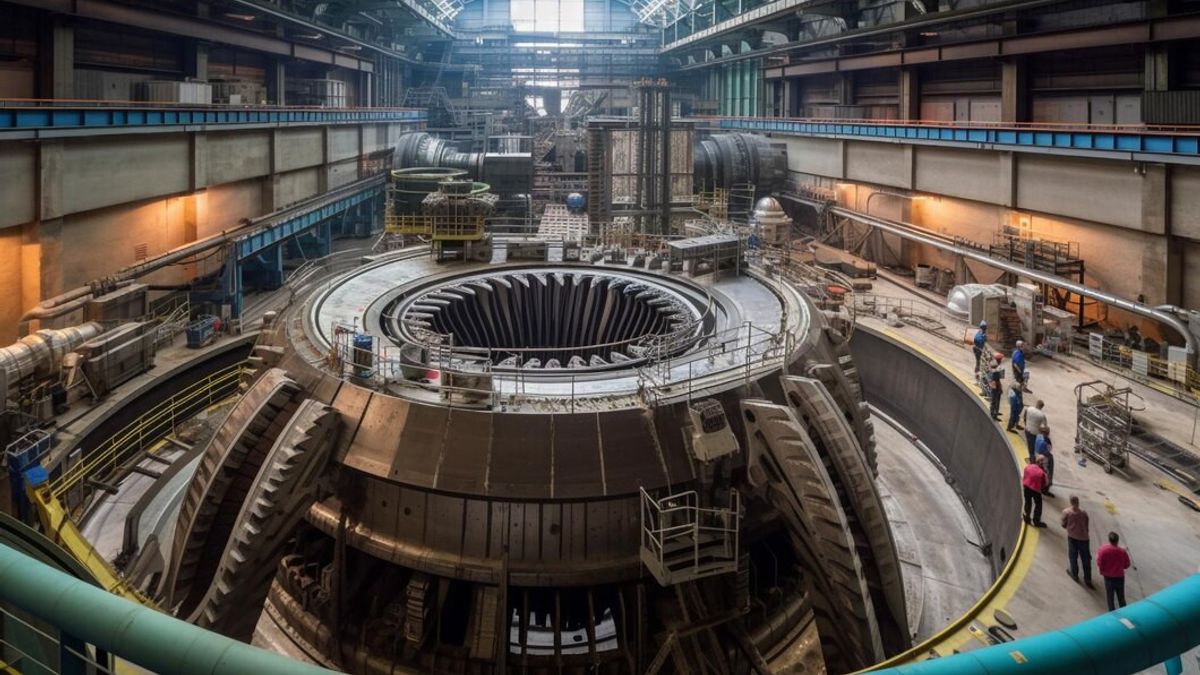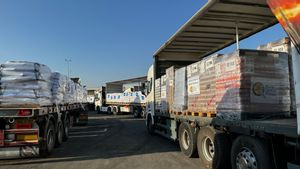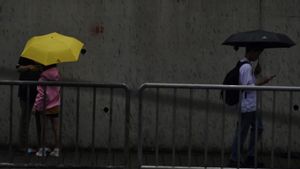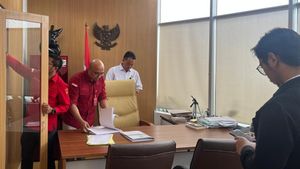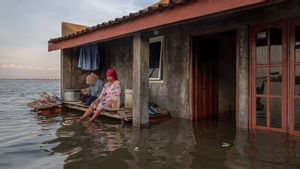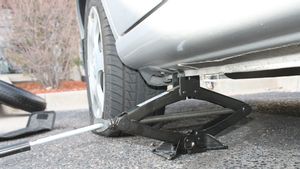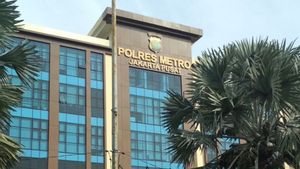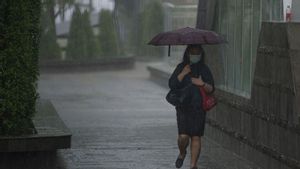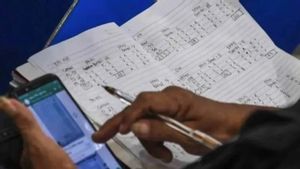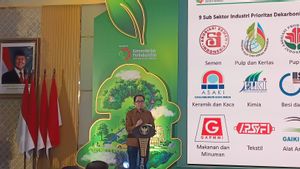YOGYAKARTA - Have you ever wondered where Iran's nuclear facilities are. Hidden behind the mountains and vast deserts, Iran has a number of nuclear facilities that are the center of world attention.
Some time ago, Iran surprisingly launched hundreds of missiles into Israel, with some of them reaching Israeli territory.
This Iranian attack is the second from Iran this year, having previously attacked Israel in April with hundreds of missiles and drones.
Amid rivalry between countries and interest groups in the Middle East, Iran's nuclear program emerged as one of the most sensitive issues. Let's trace the Iranian map and uncover its strategic locations.
As reported by Reuters, Natanz is located on a rock bordering mountains outside the holy city of Qom, south of Tehran.
Natanz accommodates facilities including two uranium enrichment plants: a large and underground Fuel Financing Plant (FEP) and a Pilot Fuel Financing Plant (PFEP) on the ground.
Before continuing, read also the article discussing the Prime Launch of Fattah Hypersonic Missiles, Iran's Revolutionary Guard Calls 90 Percent Hitting Targets in Israel
An exiled Iranian opposition group revealed in 2002 that Iran was secretly building Natanz. This then sparked a diplomatic dispute between the West and Iran over its nuclear program.
FEP is built for enrichment on a commercial scale, capable of hosting 50,000 centrifuges. Currently around 14,000 centrifuges are installed there, about 11,000 of which operate, by smoothing uranium up to 5% purity.
On the opposite side of Qom, Fordow is an enrichment site excavated into the mountain. This makes it more protected from potential bombings than FEP.
Whereas in the 2015 agreement, Iran was not allowed to enrich at all at Fordow. But now it has more than 1,000 operating centrifuges.
In addition, Iran recently doubled the number of centrifuges installed on Fordow, with all the new ones being the IR-6 engines.
Iran has a major nuclear technology center on the outskirts of Isfahan, which is the second largest city.
The interpretation also includes the Fuel Plate Fabrication Factory (FPFP) and uranium conversion facility (UCF) that can process uranium into hexafluoride uranium that is inserted into the centrifuge.
Interestingly, there is equipment in Isfahan to make uranium metals, which is a process that is very sensitive to proliferation because it can be used to make nuclear bomb cores.
Iran also has a partially built heavy water research reactor, originally called Arak and now Khondab.
Please note, a heavy water reactor poses a nuclear proliferation risk as it can easily produce plutonium that, such as enriched uranium, can be used to make atomic bomb cores.
SEE ALSO:
But under the 2015 deal, construction was halted, and the reactor core was removed and filled with concrete to render it unusable.
This reactor will be redesigned "to minimize plutonium production and not produce weapons-class plutonium in normal operations".
Nonetheless, Iran has informed the IAEA that it plans to operate this reactor by 2026.
The city is the only site for Iran's operating nuclear power plant, on the Gulf coast. The power plant uses fuel from Russia which is then taken back by Russia when it runs out, reducing the risk of proliferation.
Apart from where Iran's nuclear facilities are, follow other interesting articles too. Want to know other interesting information? Don't miss it, keep an eye on the updated news from VOI and follow all its social media accounts!
The English, Chinese, Japanese, Arabic, and French versions are automatically generated by the AI. So there may still be inaccuracies in translating, please always see Indonesian as our main language. (system supported by DigitalSiber.id)
